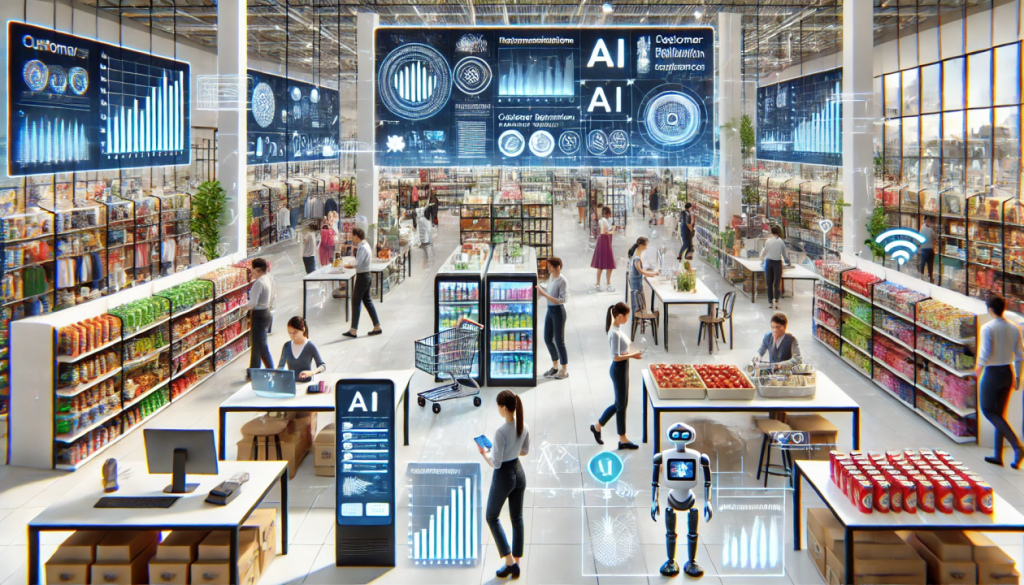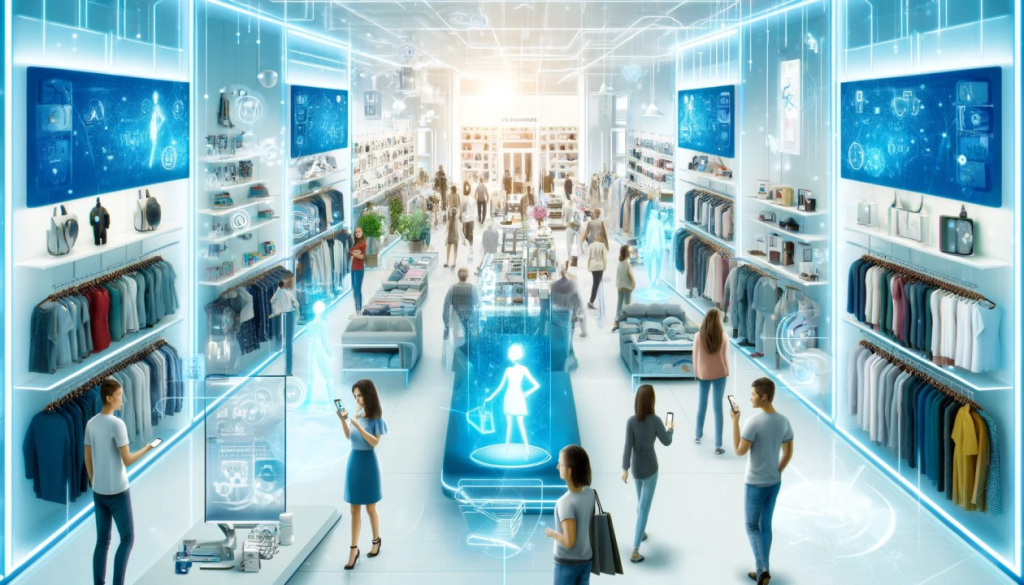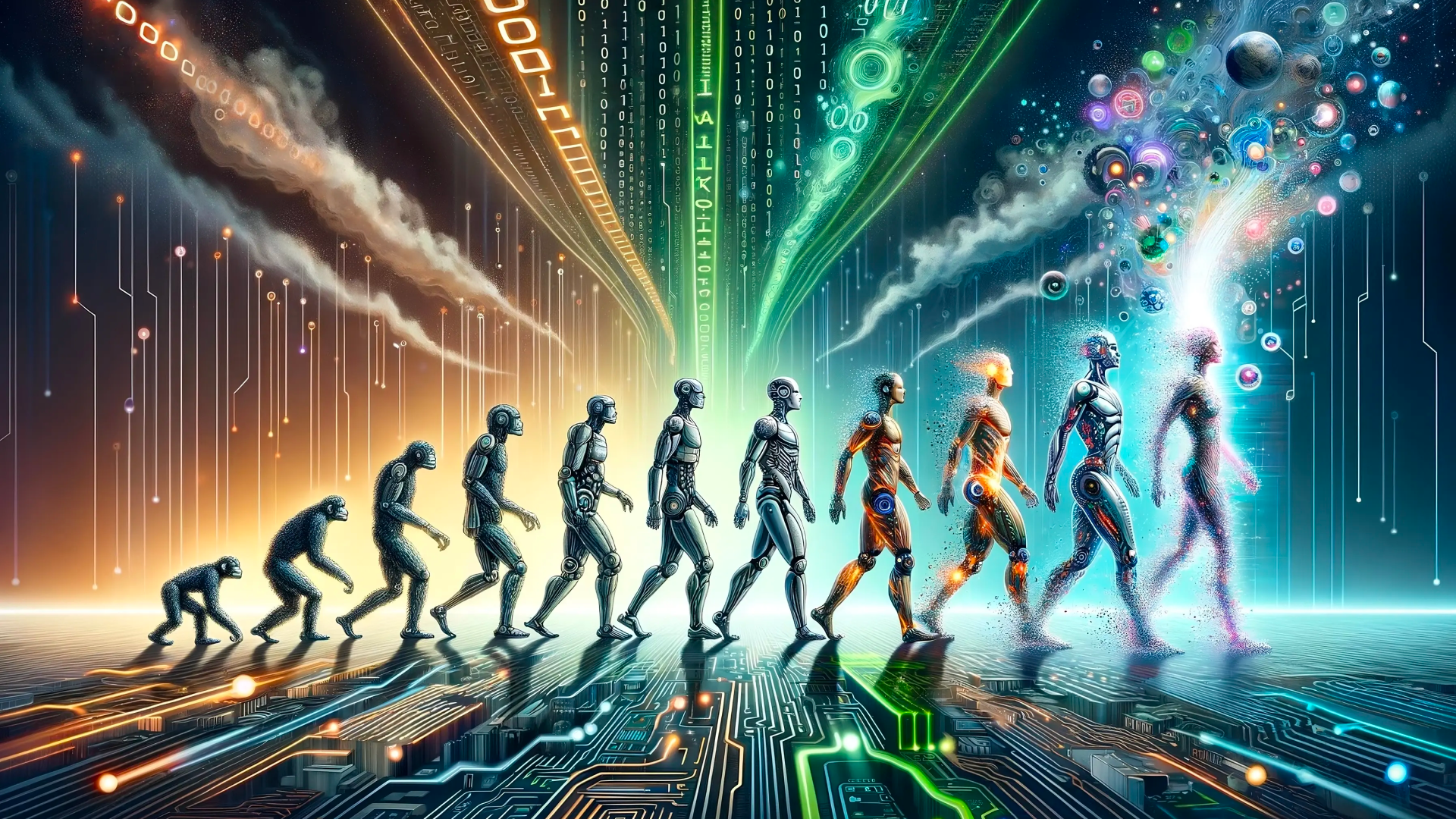Step into a store in 2025, and you might not even notice the subtle digital revolution unfolding around you. Gone are the days when retail relied solely on manual decisions and human interactions. Today, artificial intelligence (AI) and automation are redefining what it means to shop in person. From smart shelves to intelligent checkouts, technology is no longer an add-on—it’s embedded in the DNA of the store. What’s driving this shift? Customer expectations. Shoppers now crave speed, personalization, and seamless service. Retailers that embrace AI are meeting these demands head-on. They’re using data in real time, creating smarter layouts, and offering tailored product suggestions. This article explores the top ways AI and automation are transforming the retail in-store experience in bold, delightful, and efficient ways.
How AI and Automation Are Reshaping the Retail In-Store Experience
Dynamic Pricing: AI’s Real-Time Retail Weapon
Gone are the fixed price tags. With AI-powered dynamic pricing, prices can now change in real time based on demand, inventory levels, competitor pricing, and even weather conditions. Algorithms analyze thousands of data points and adjust prices instantly to optimize profit and customer satisfaction.
Benefits of Dynamic Pricing:
- Maximizes revenue during peak demand.
- Reduces excess stock with timely markdowns.
- Keeps prices competitive in real-time.
Example: A fashion retailer may lower the price of winter coats as spring approaches, or raise prices on umbrellas during sudden rainstorms.
| Factor | AI Response |
|---|---|
| Low Inventory | Increase Price |
| Competitor Sale | Offer Discount |
| High Foot Traffic | Optimize for Margins |
Personalized Shopping: From Guesswork to Precision
AI allows stores to understand each customer individually. From loyalty apps to facial recognition (opt-in, of course), data is used to recommend products, deliver personalized offers, and enhance in-store navigation.
How AI Personalization Works:
- Customer data is collected via apps or smart cameras.
- AI analyzes purchase history and behavior.
- Tailored suggestions appear on digital signage or mobile devices.
Impact:
- Increases customer satisfaction and loyalty.
- Reduces decision fatigue by showing only relevant products.
Example: A skincare kiosk might recommend products based on your previous purchases and skin type, plus offer a discount as you approach.
Automated Checkouts: No Lines, No Fuss
Self-checkouts were just the beginning. In 2025, checkout is becoming invisible. With technologies like computer vision, RFID tags, and mobile sensors, customers can simply walk out with their items while the system bills them automatically.
Key Technologies:
- Computer Vision: Tracks items taken off shelves.
- RFID & Sensors: Confirm products leaving the store.
- Payment Apps: Seamless billing without scanning.
| Checkout Type | Efficiency | Human Interaction |
|---|---|---|
| Traditional | Low | High |
| Self-Checkout | Medium | Medium |
| Automated (AI) | High | Low |
Benefits:
- Reduces wait times.
- Lowers labor costs.
- Improves accuracy and reduces theft.

Smart Inventory Management: From Guesswork to Accuracy
AI doesn’t just help customers—it empowers staff. With smart inventory systems, retailers can predict demand, restock efficiently, and avoid both overstocking and stockouts.
Features of AI-Powered Inventory:
- Predictive Analytics: Forecast trends and adjust stock.
- Real-Time Alerts: Prevents missed sales due to empty shelves.
- Shelf-Scanning Robots: Monitor stock and placement.
Example: A grocery store may use AI to predict a surge in snack sales during a sports event weekend and adjust orders accordingly.
| Challenge | AI Solution |
|---|---|
| Overstock | Reduce Orders Automatically |
| Out-of-Stock | Trigger Instant Reorders |
| Inefficient Layout | Recommend Product Relocation |
Enhanced Customer Service with AI Assistants
Not every shopper wants to speak to a human. AI-powered assistants are stepping in to offer quick, friendly help with product details, location, and FAQs.
Uses for In-Store AI Assistants:
- Answer common customer queries.
- Guide shoppers to product locations.
- Provide multilingual support.
Retailers like Lowe’s and Sephora are already integrating AI kiosks that greet customers, offer suggestions, and even help them build shopping lists.
AI-Optimized Store Layouts

Using heatmaps and footfall analytics, AI can help retailers understand which sections of the store are popular—and which are being ignored. This leads to more thoughtful layouts that boost engagement and sales.
What AI Can Optimize:
- Product placement based on behavior.
- Signage effectiveness.
- Aisle width and traffic flow.
Result:
- Higher conversion rates.
- Better customer satisfaction.
Conclusion:
The future of in-store retail experience isn’t digital or physical—it’s phygital. AI and automation are blending the best of both worlds, creating personalized, efficient, and truly delightful shopping experiences. The retailers who adopt these tools are not just keeping up—they’re leading the way.
Mattias Knutsson, a retail futurist and AI advocate, says, “Technology should feel invisible, but its impact should be unforgettable.” He believes the best retail spaces in the future will feel intuitive, responsive, and personal. With AI as a silent partner, the store becomes more than a space to shop. It becomes a place to connect, discover, and return to.





